The following entry is written by guest blogger Captain Dudley…
Taking advantage of our location near one of the better maritime museums in the US, my friend Mark and I (Dudley) ventured to Patriots Point where three WWII US Navy vessels were open for tours: the aircraft carrier USS Yorktown, the destroyer USS Laffey, and the submarine USS Clamagore. Although I abhor war, I have always been fascinated by the gadgets, machines, and buildings that humans have imagined, invented, and designed. The ultra-compact sub and the enormous aircraft carrier are but two examples.
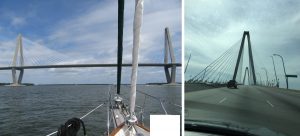
To get to Patriots Point, we crossed under the Arthur Ravenel bridge, a cable-stayed structure designed by my former employer Parsons Brinckerhoff. According to Wikipedia, the bridge is 13,200 feet long with two diamond-shaped towers, each 575 feet high, and 128 individual cables anchored to the inside of the diamond towers that suspends the bridge deck 186 feet above the river. That height is more than three times the height of Belle Bateau’s mast!
We began with the submarine USS Clamagore, a 322 foot vessel completed just after the end of WWII. If you have never toured a sub, imagine 80 men crammed into a space that is designed to sleep only 31. That’s right; they are called “hot bunks” because the bed is still warm from the guy who was sleeping there before you. Most of the enlisted men slept above, below, or next to the torpedoes in the forward and aft sections. Mechanics had to sleep near the hot, smelly diesel engines.
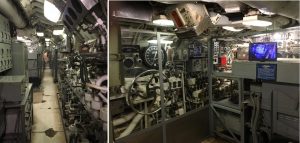
Valves and gauges and supplies filled every inch of every compartment. Only the 7 officers onboard had their own bunks, in the center of the ship, complete with their own galley, chef, and dining room (think breakfast nook). Add stale air, body odor (most showered once a week to conserve water), no natural light, and the constant drone of the engines when surfaced, and you have the makings of a fine European vacation. The movie Das Boot is a must see if you have any interest in a submariner’s life in WWII.
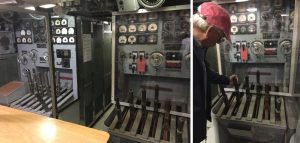
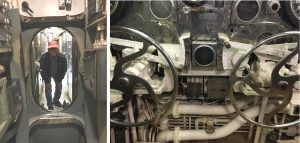
Compared to the sub, the USS Yorktown had so much space that Mark and I commented frequently that the designers could have cut about a quarter of the interior to save cost. But the 888 foot carrier carried 3,360 men, so that extra space could be used by some to escape the crowds. Built in only 16 ½ months, the enormity of the tasks of designing, building, and operating this enormous vessel never ceased to amaze us. Did I mention it is enormous? The ship had two engine rooms, each 3-stories tall, each with four oil-fired boilers that fed steam to two turbines each driving a separate propeller. The ship could motor at 38 mph and carry 90 planes on its large hanger deck and on the main deck.
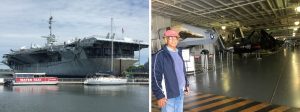
Imagine cooking 4 meals a day (including midnight rations) for 3,360 men? Check out the recipe for 10,000 cookies and then imagine the same for pancakes and scrambled eggs, burgers and sandwiches, steak and potatoes. The ship had its own bakery with 18 cooking ovens and 18 warming ovens, an egg beater fit for Goliath, and a dough machine the size of a concrete mixer. The ship was a floating hotel with a barber shop, post office, and surgical wing.
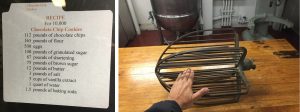
My father flew Hellcats off of carriers like the Yorktown just after WWII. He occasionally would set up the old projector and show us slides of what life was like on a carrier. Imagine landing an airplane on a pitching deck. Other than the constant drills, sleeping in bunks three high in barrack-like rooms that held 60 guys, and never being let off the ship while at sea, life on the carrier looked like a lot of fun. Certainly better than the guys in the submarine.
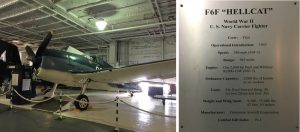
For more information on these three navy vessels, see http://www.patriotspoint.org/explore/uss-yorktown/
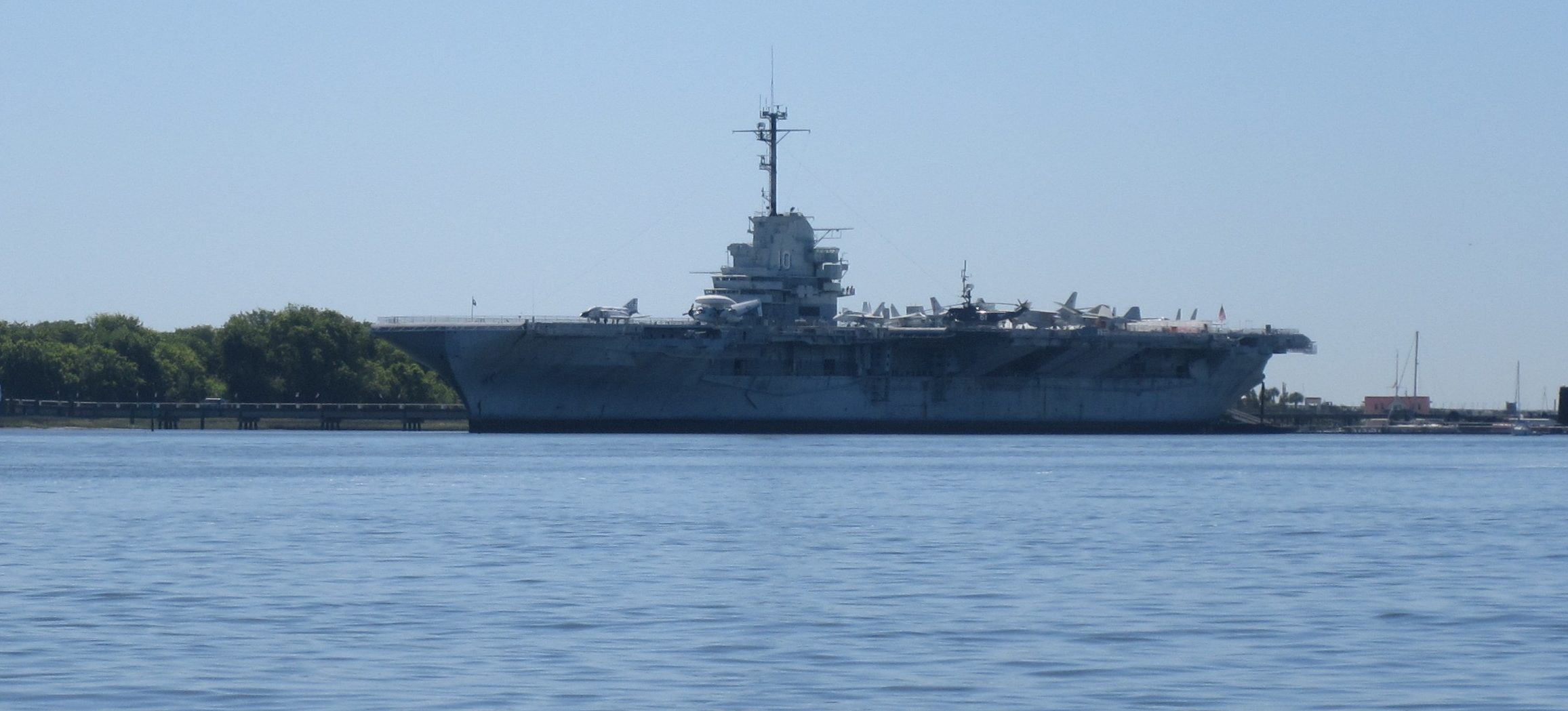
Sorry, comments are closed for this post.